Conquering The Seven Summits
Back in the day, entry into the mountaineering hall of fame required ‘only’ a successful ascent of Everest, K2, or an unclimbed peak in Tian Shan. Since Hillary and Tenzing Norgay set foot on Everest’s summit in 1953, however, the bar for inclusion into the pantheon of alpine greats has been raised steadily higher. Until we start sending alpinists to the Moon or Mars (hurry up SpaceX), the greatest challenges that remain to terrestrial alpinists are either forging new, increasingly difficult routes or completing one of mountaineering’s two biggest feats: all of the 8000ers or all of the Seven Summits.
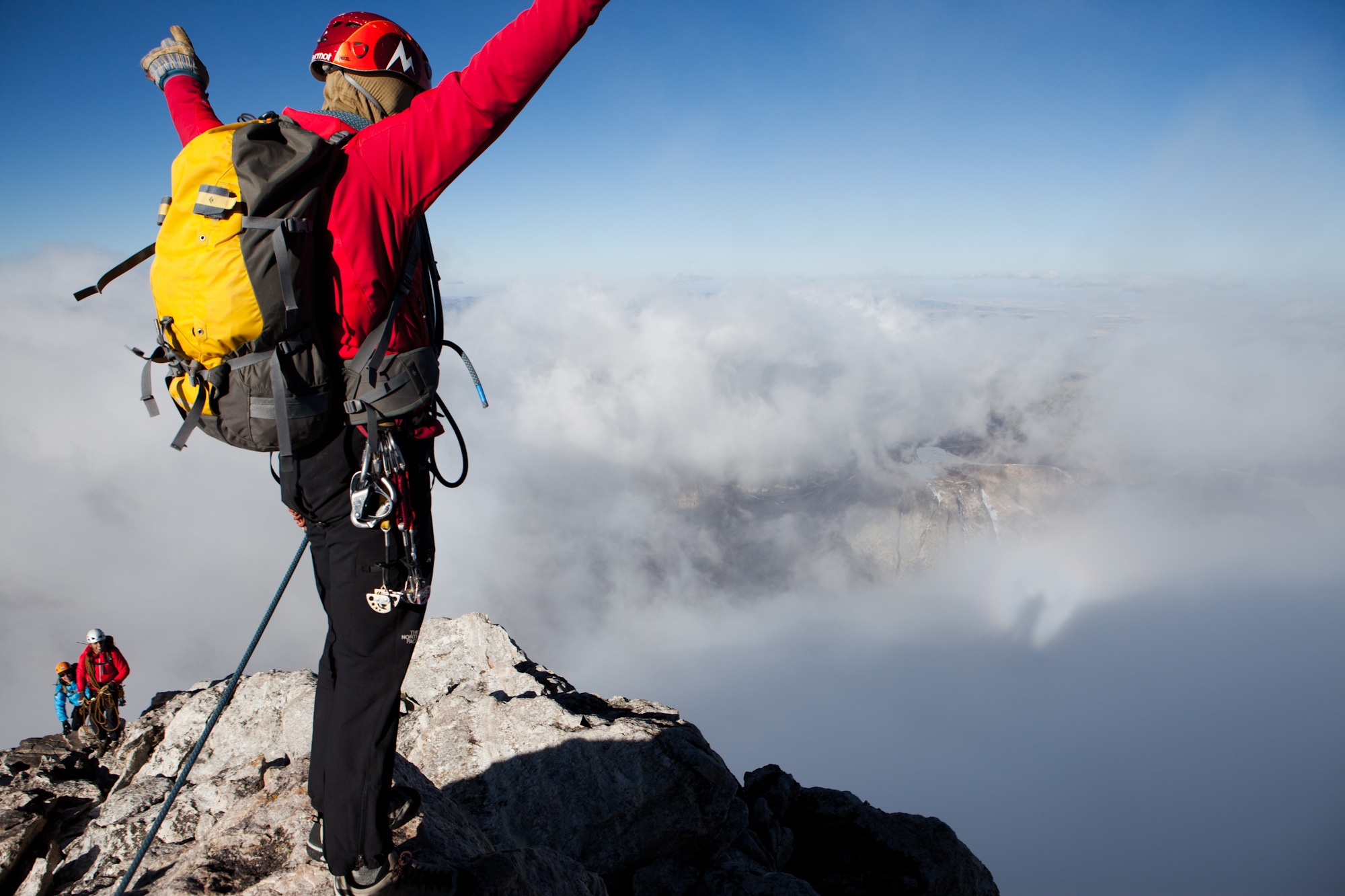
For those ready and willing to clock up the miles and also boast a fat bank account, conquering one, much less all of the highest peaks on Earth’s seven continents would undoubtedly fast track you into the company of mountaineering elite. That said, the challenge is without question a biggie. But, just how big? Below, we give you a sneak peek into the world’s notorious seven summits.
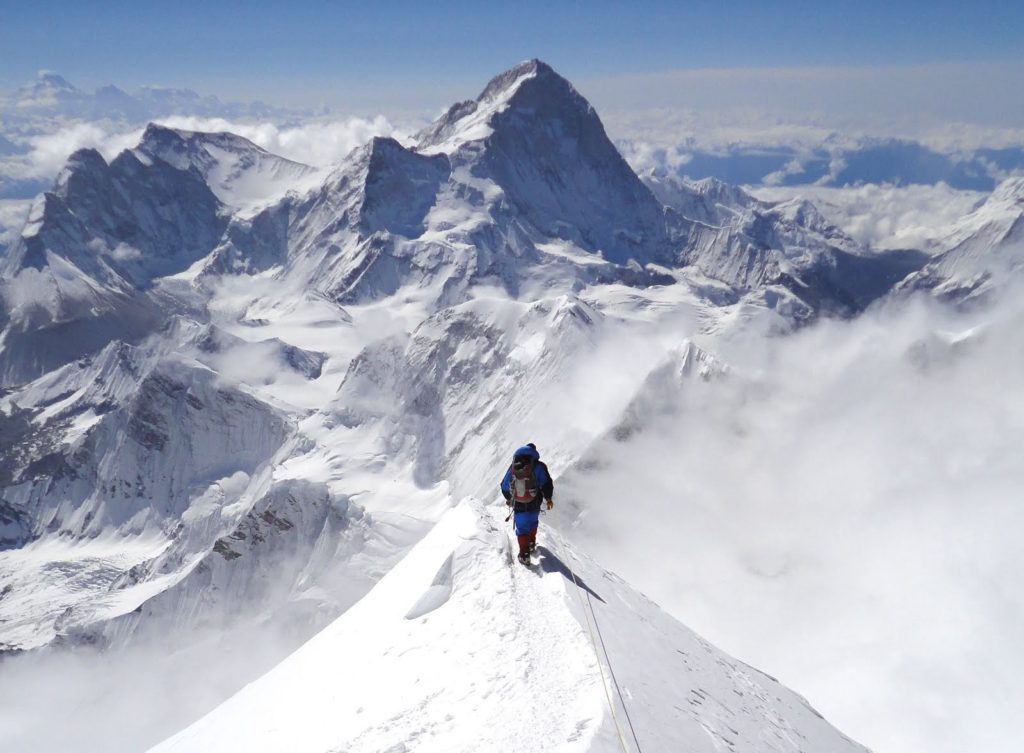
1. Mount Everest
- Located on the Nepal-Tibet (China) border and can be climbed from either side.
- First climbed in 1953 by Edmund Hillary and Sherpa Tenzing Norgay
- Although the highest mountain in the world, Everest is not the hardest – the greatest difficulty lies in the altitude, not the technicality of the climbing
- Speed record: Kilian Jornet, June 2017 – 26 hours
- The most expensive of the 7 summits (average cost of $65k)
- Named after a British surveyor, George Everest, who never even set foot in Nepal or Tibet!
- Has seen 293 deaths since first attempts in the early 20th century
Distance (base camp to summit): 12.5 miles.
Season: Spring or Fall.
Estimated time to complete (days): 20-40.
Temperatures: As low as –76F in winter. The average summit temperature in July is –2F.
Altitude: 8848m/29,029ft.
Summit GPS Waypoints: N 27.99619, E 86.92761.
Required Gear: Down suit, 12-point crampons, high altitude boots, oxygen tanks and mask, ice axes(s), high-altitude gloves, down sleeping bag (rated to at least -20F), harness, belay device, ascender, ice screws, slings, carabiners, prusik cord, and the absolute best tent you can afford.
Average Cost: $65,000
Difficulty: Moderate compared to other 8,000ers.
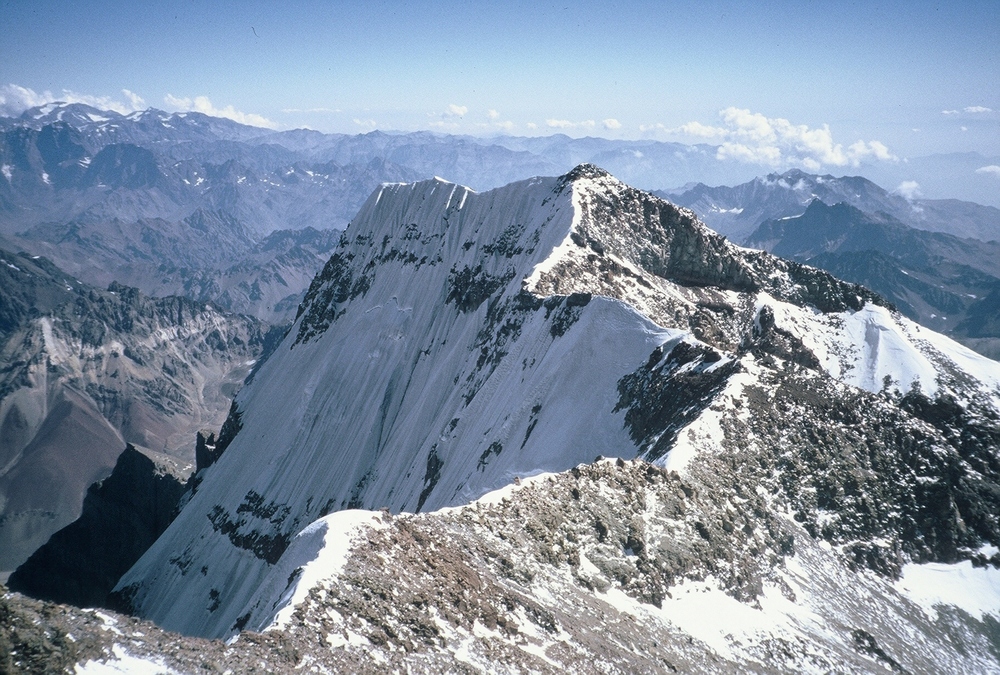
2. Aconcagua
- Highest mountain in South America
- Highest mountain in western hemisphere
- Has seen more than 100 deaths since records began
- Located on Chilean-Argentinian border
- First summited in 1897 by Mathias Zurbriggen
- 2nd most prominent mountain in the world (6959m prominence)
Distance (base camp to summit): 7.5 miles.
Season: Late November to late February.
Estimated time to complete (days): 20 days on average.
Temperatures: 10f to -25F.
Altitude: 6959m/22,833ft.
Summit GPS Waypoints: S 32.39’ 02.2”, W 70.01’ 03.3”.
Required Gear: Down suit or down trousers and parka, 12-point crampons, oxygen tanks and mask (optional), ice axes(s), high-altitude gloves, down sleeping bag (rated to at least -20F), harness, belay device, ascender, ice screws, slings, carabiners, prusik cord, tent, rope.
Average Cost: $4,700
Difficulty: A non-technical climb by the standard route. The greatest difficulties are presented by the weather and the altitude.
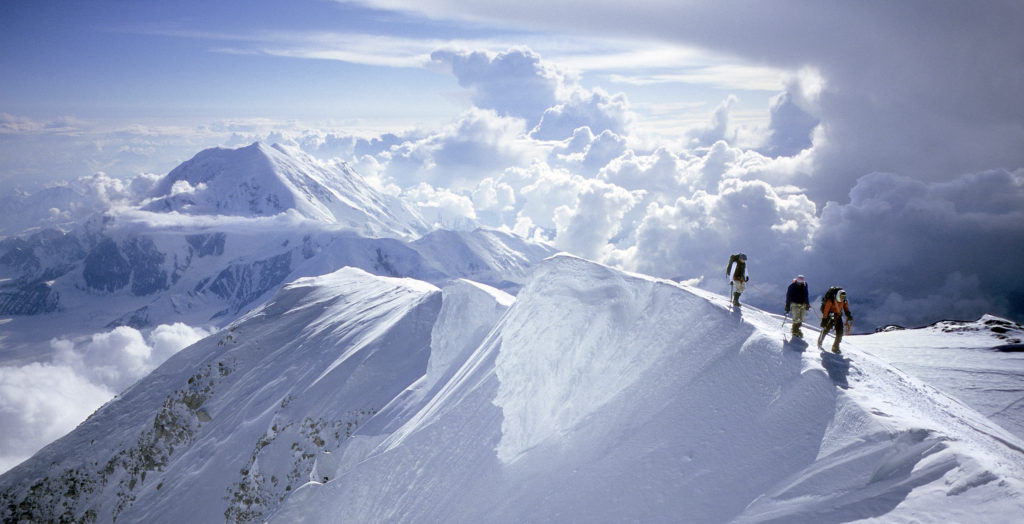
3. Denali
- Situated in the Alaska/Yukon Range
- Highest mountain in North America
- First climbed by an American team in 1913
- Around 100 deaths since records began
- 45% of deaths due to injuries sustained from falls
- Most climbers access base camp by flying in on a helicopter
Distance (base camp to summit): 18 miles.
Season: Late April to late June.
Estimated time to complete (days): 21 days.
Temperatures: -20F to -40F at high camp (nighttime).
Altitude: 6,168m/20,237ft.
Summit GPS Waypoints: N 63.07’, W51.01’.
Required Gear: Down suit or down trousers and parka, 12-point crampons, ice axes(s), high-altitude gloves, down sleeping bag (rated to at least -20F), harness, belay device, ascender, ice screws, slings, carabiners, prusik cord, tent, rope.
Average Cost: $8,800
Difficulty: The West Buttress Route is not very technical but the difficulty lies in the often atrocious weather.
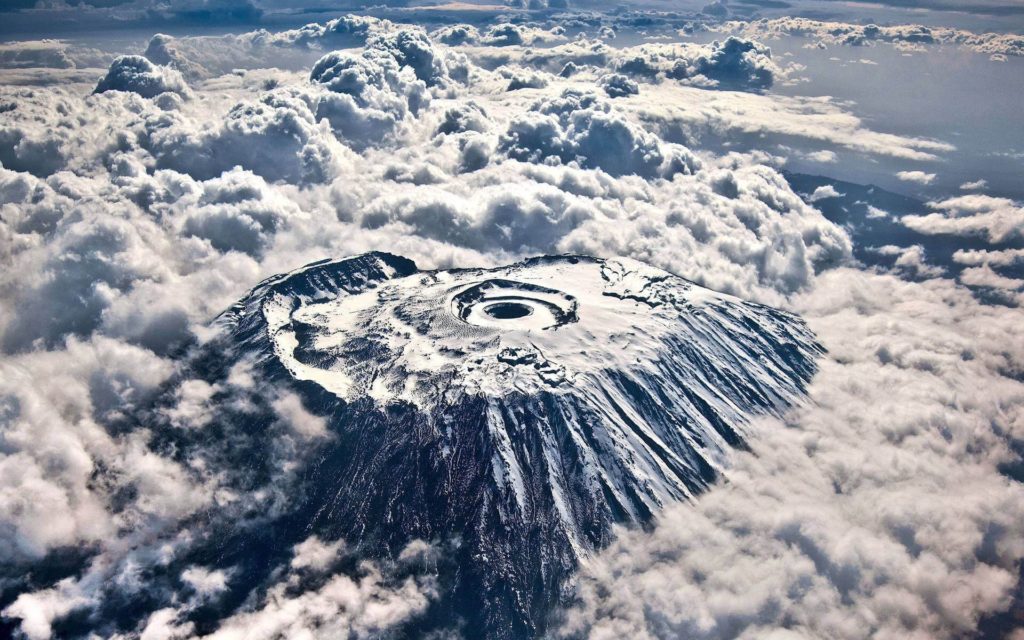
4. Kilimanjaro
- Located in the East Africa Rift Valley Mountains
- First recorded ascent in 1889 (Meyer and Purtscheller)
- Made up of three volcanoes: Shira (extinct), Mandenzi (extinct), Kibo (dormant)
- Summit ice cap has shrunk by 80% in the last century
- The easiest of the Seven Summits to climb
Distance (base camp to summit): 4.5 miles.
Season: All year round (most climbers avoid rainy season April-May).
Estimated time to complete (days): 5-8 days.
Temperatures: From 20F to -20F on the summit.
Altitude: 5,895m/19,341ft.
Summit GPS Waypoints: S 03.04’, E 37.21’.
Required Gear: Sleeping bag rated to 10F, down jacket, soft shell pants, soft shell jacket, gloves, B1 boots, tent.
Average Cost: $5,000
Difficulty: Easy, non-technical.
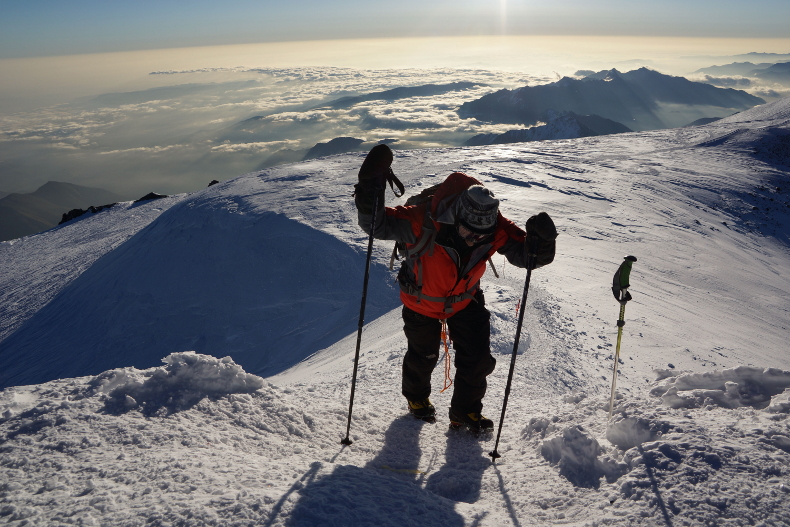
5. Elbrus
- Located in the Russian Caucasus mountains
- Europe’s highest mountain
- First ascent in 1874
- A cable car and chairlift can take climbers as high as 3,750m
- In the 1990s, Land Rover took a car to the top of the east summit for a commercial.
Distance (base camp to summit): 5.6 miles.
Season: June-August.
Estimated time to complete (days): 15.
Temperatures: From 10F to -40F on the summit.
Altitude: 5643m/18,514ft.
Summit GPS Waypoints: N43.21’12.9”, E042.26’01.1”.
Required Gear: Down suit or down trousers and parka, 12-point crampons, ice axes(s), high-altitude gloves, down sleeping bag (rated to at least -20F), harness, belay device, ascender, ice screws, slings, carabiners, prusik cord, tent, rope.
Average Cost: $5,000
Difficulty: Moderate. Largely non-technical.
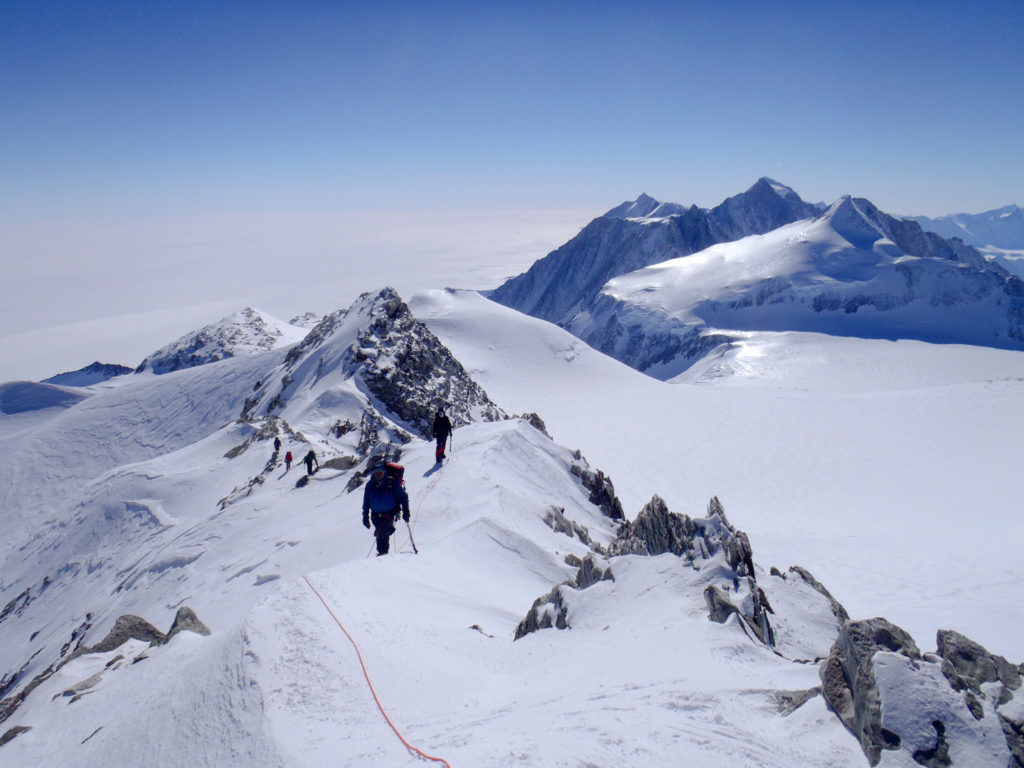
6. Vinson Massif
- Located in Antarctica’s Sentinel Range
- 13 miles long and 8 miles wide
- One of the most expensive of the 7 summits to climb
- Coldest and most remote mountain ranges in the world
- Named after U.S. Congressman Carl Vinson, who never visited Antarctica!
- First climbed by an American team in 1966
- Only 750 miles from the South Pole
Distance (base camp to summit): 11.8 miles.
Season: Mid-November through January.
Estimated time to complete (days): 16 days.
Temperatures: Summer time average of -25F.
Altitude: 4,898m/16,066ft.
Summit GPS Waypoints: S78.31’08.8”, W085.37’58.5”.
Required Gear: Down suit or down pants and parka, 12-point crampons, ice axes(s), high-altitude gloves, down sleeping bag (rated to at least -30F), harness, belay device, ice screws, slings, carabiners, prusik cord, sleds for carrying gear, tent, rope.
Average Cost: $42,000
Difficulty: Mostly non-technical but the temperatures and prevalence of ice make difficulty moderate to high.
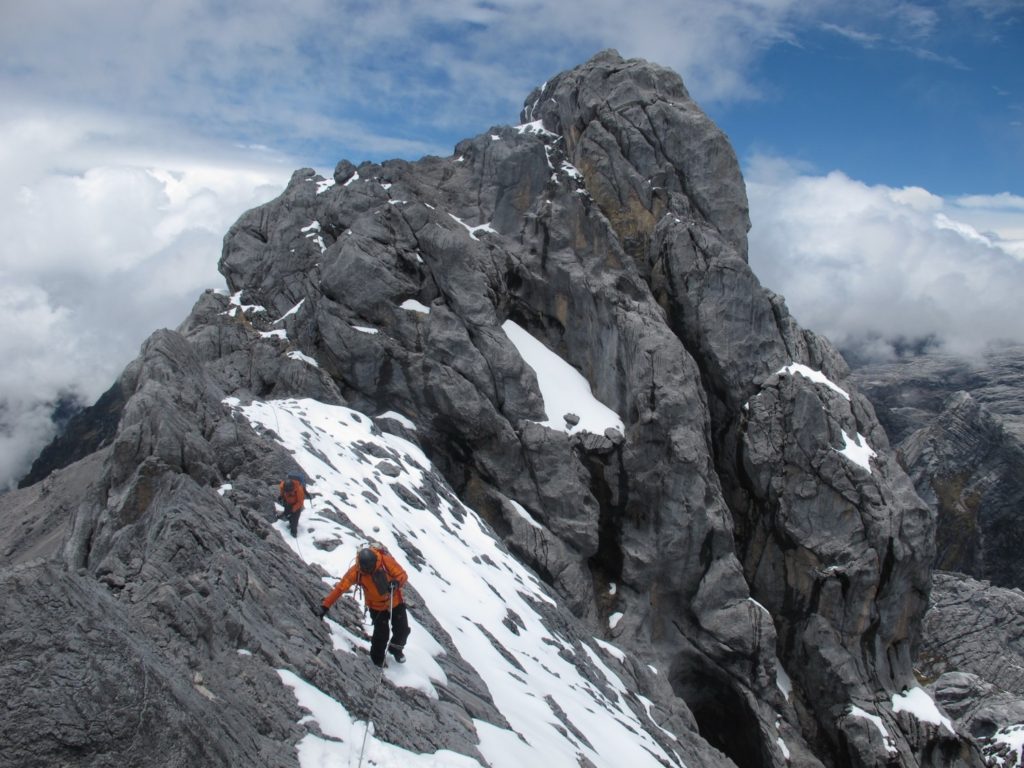
7. Carstensz Pyramid
- Located in Indonesia’s Sudirman Range
- Highest mountain in Oceania
- Named after Dutch explorer Jan Carstensz, who spotted the mountain through his telescope in 1623
- Very remote and difficult to reach (involves a long jungle trek to reach base camp)
- First climbed by Heinrich Harrer’s team in 1962
- Involves the most technical climbing of all the Seven Summits
Distance (base camp to summit): 1 mile.
Season: All year.
Estimated time to complete (days): 21 days.
Temperatures: As high as 98F at the trail head and as low as 10F on the summit.
Altitude: 4884m/16,024feet.
Summit GPS Waypoints: S404.733, E13709.572.
Required Gear: Down parka jacket, gloves, down sleeping bag (rated to at least 0F), harness, belay device, cams, slings, carabiners, prusik cord, ascender, 4-season tent, 2 x half rope.
Average Cost: $30,000
Difficulty: High – the most technical of all the Seven Summits.




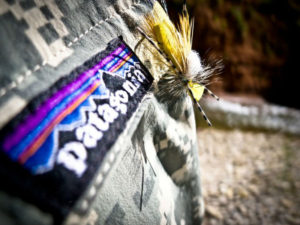
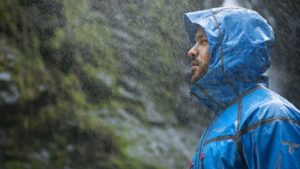

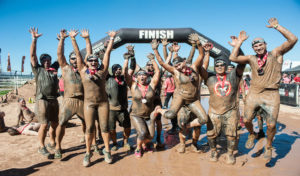
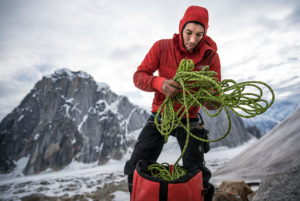
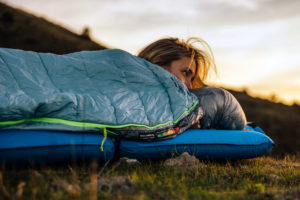
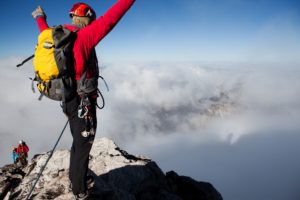
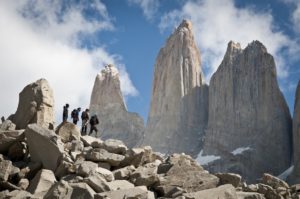


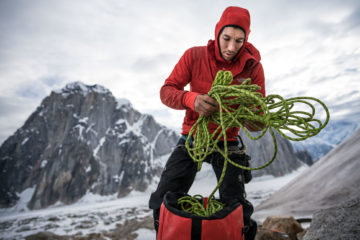
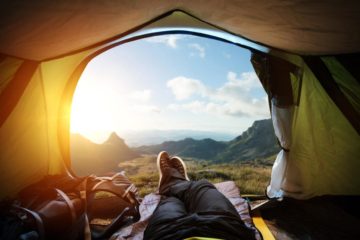
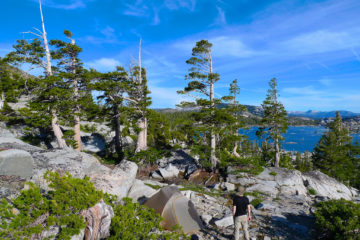
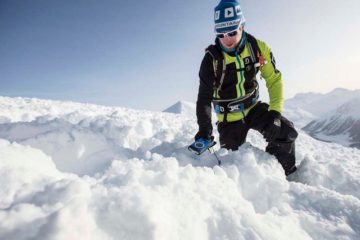
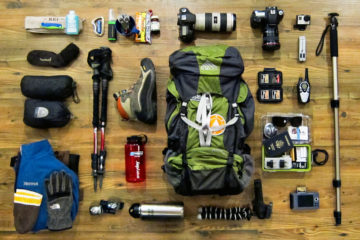
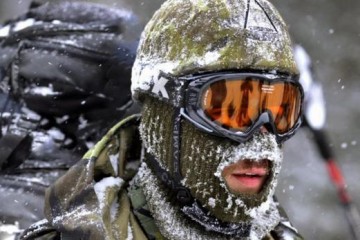



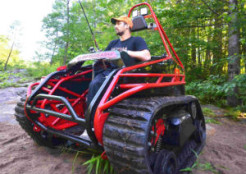
No Comment